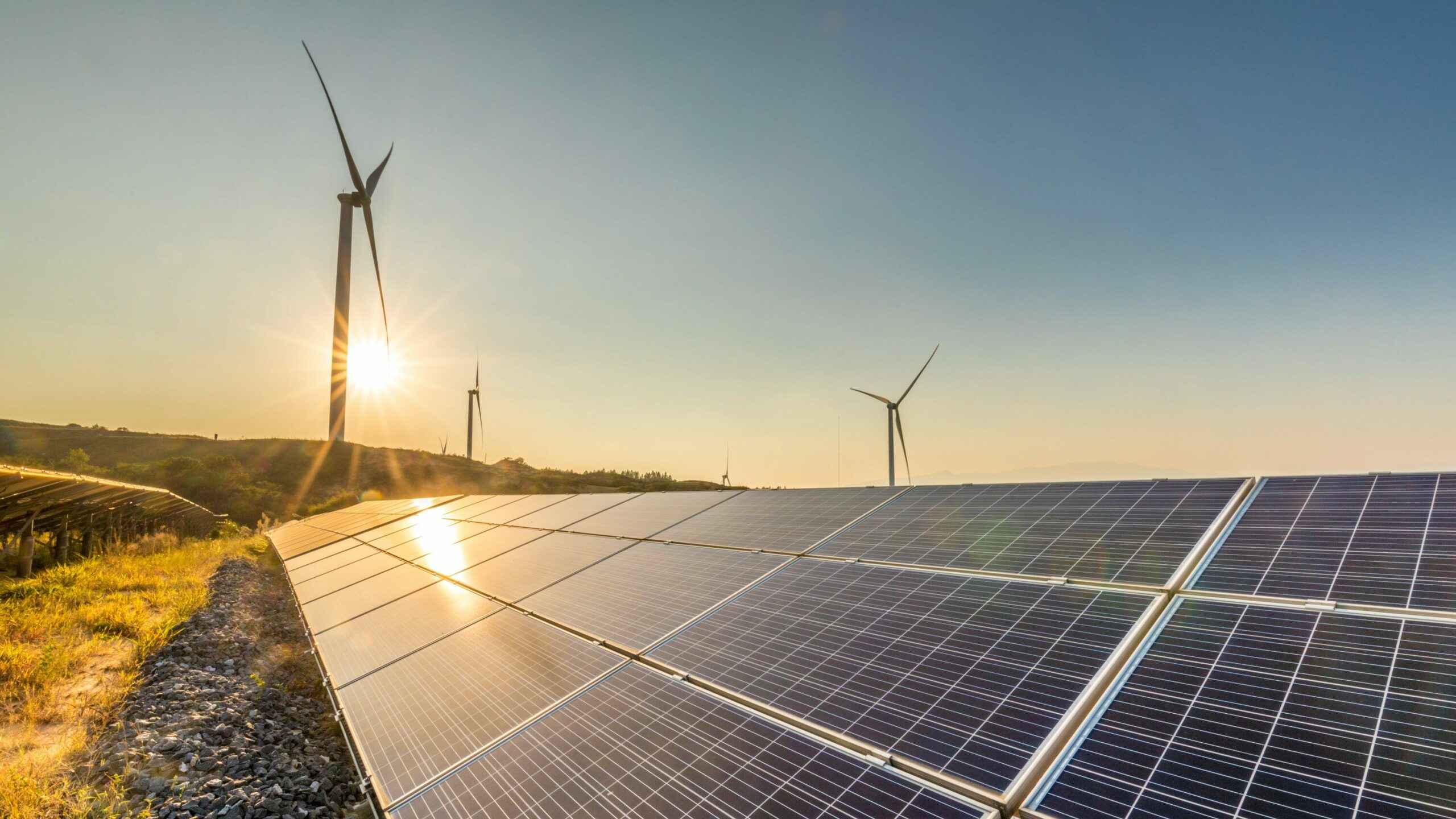
WEST staff will be in attendance at ACP CLEANPOWER Virtual Summit next week and will be participating in the following on-demand presentation and poster sessions.
“Case Studies in Effective Analytical Techniques to Aid in Siting Solar Energy Projects” – Wally Erickson, Presenter
Presentation Description: Solar energy development continues to grow at a very fast pace throughout the US. In light of this rapid amount of development, site selection and infrastructure siting for project areas are important considerations to avoid and reduce impacts to natural resources. We provide three case studies illustrating technology and analytic approaches to siting of solar facilities. The first case includes the use of unmanned aircraft systems (UAS’s) for mapping important wildlife habitat (e.g. prairie dog burrow mapping) and for project layout development. The second example describes approaches using big game telemetry data and associated statistical analysis techniques to help understand and potentially resolve siting challenges between big game migration and solar energy in southwestern WY. The third case study involves the value of incorporating effective statistical sampling strategies to map and estimate densities of sensitive plant species for both projects and potential mitigation sites. All three case studies emphasize the need for incorporating good siting principles to help minimize impacts and costs associated with solar development.
“Sustainability and Vegetation Management: A Framework for Life-Cycle Financing at Ground-Mounting Solar Facilities” – Elizabeth Markhart, Presenter
Presentation Description: Ground-mounted photovoltaic solar is similar to corporate campuses, parks, and private land holdings in that they all require regular vegetation management. At solar facilities, some approaches in vegetation management can contribute to sustainability metrics such as biodiversity, pollination services, soil health, or watershed enhancement. Attaining sustainability requires achieving measurable standards through a carefully executed project life-cycle plan. In this presentation, we will present a life-cycle financing framework that identifies the key cost factors in meeting sustainability goals from project siting all the way through decommissioning. This framework will illustrate the relative magnitude of costs at each project stage, early and interim measurements of sustainability, and future cost implications of potential inadvertent omissions in vegetation management to consider.
Vegetation management at solar facilities, whether it is included in sustainability reporting or not, involves a living system that can benefit from input from trained professionals throughout the project life-cycle. Cost savings and better outcomes can be achieved by distinctly planning for vegetation management. We will illustrate the professional requirements and a process for administering successful vegetation management in parallel but separate from engineering and construction tasks.
“Biodiversity Management and Utility PV Solar: A Framework for Ecologically Sustainable Energy” – Todd Mattson, Poster Presenter
Poster Description: In the coming decade, the expansion of solar energy facilities across North America will continue at unprecedented rates. While this expansion will provide numerous environmental advantages, including reduced greenhouse gases and an inexhaustible source of clean energy, questions remain on the extent of ecological risks and benefits posed by these facilities. Related to risks, concerns have been raised involving potential habitat loss or alteration, wildlife displacement, migratory wildlife corridor disruption, and/or direct bird mortality. On the benefits side, thoughtful project siting, site restoration, and vegetation management could potentially lead to improved on-site value to biodiversity as well as other significant ecological values. To more fully understand these issues, we have completed a review paper that includes: Section 1) a comprehensive overview of the literature on the state-of-the-science on the potential positive and negative effects of PV solar on local biodiversity; Section 2) based on the results of the literature review, provide a framework for considering best practices for appropriate solar project siting to minimize negative wildlife impacts as well as restoration and vegetation management approaches that could lead to practical ecological benefit at new PV facilities; and Section 3) key considerations to help prioritize future solar-biodiversity research questions by ecoregion.
